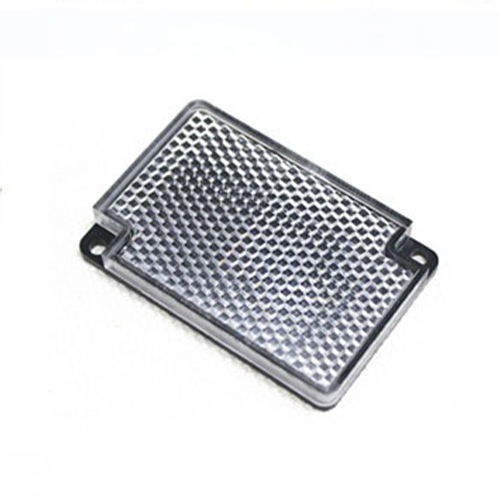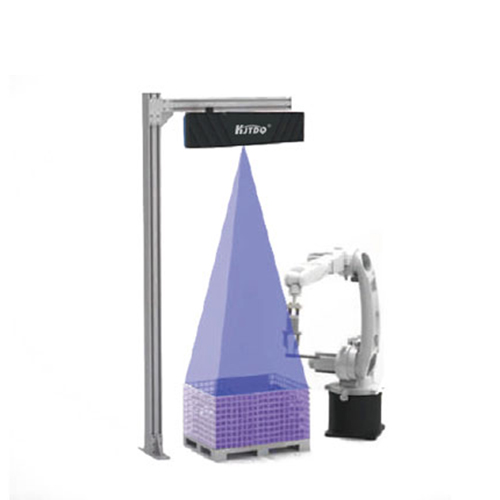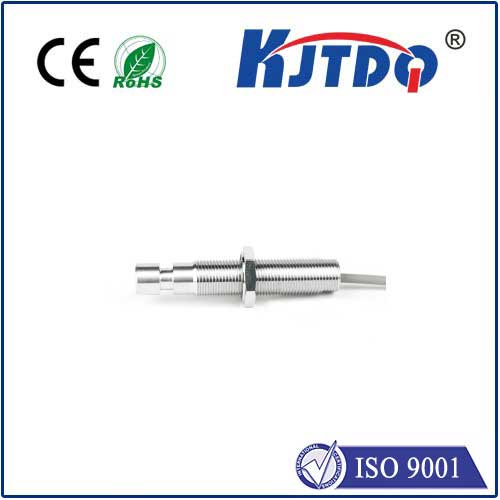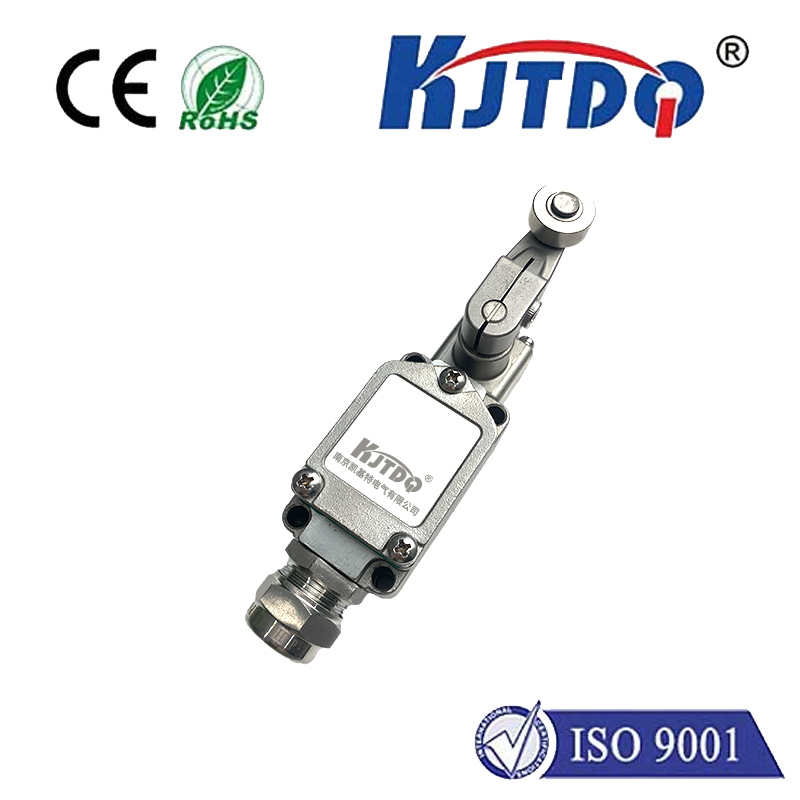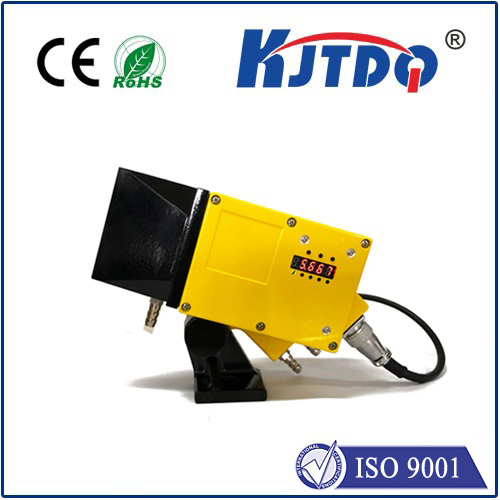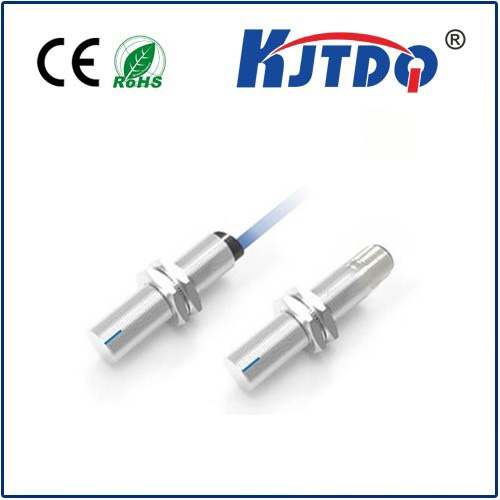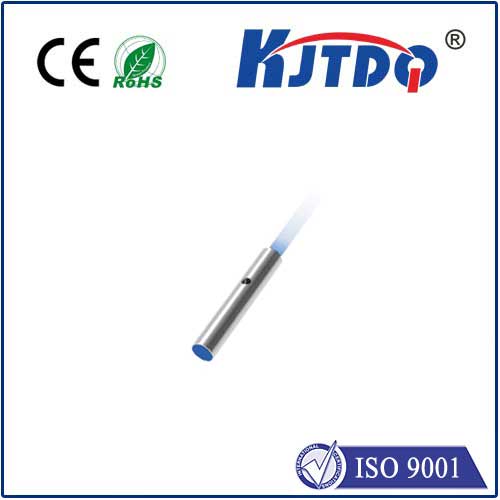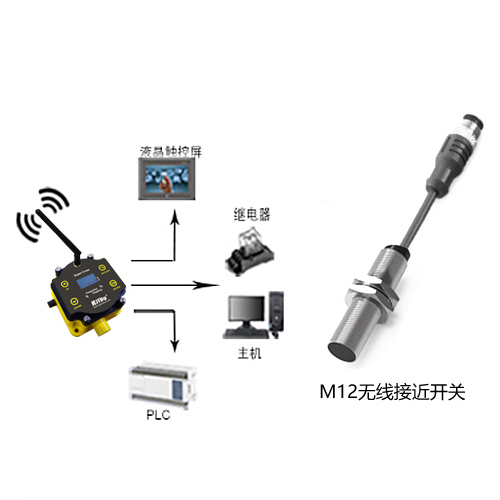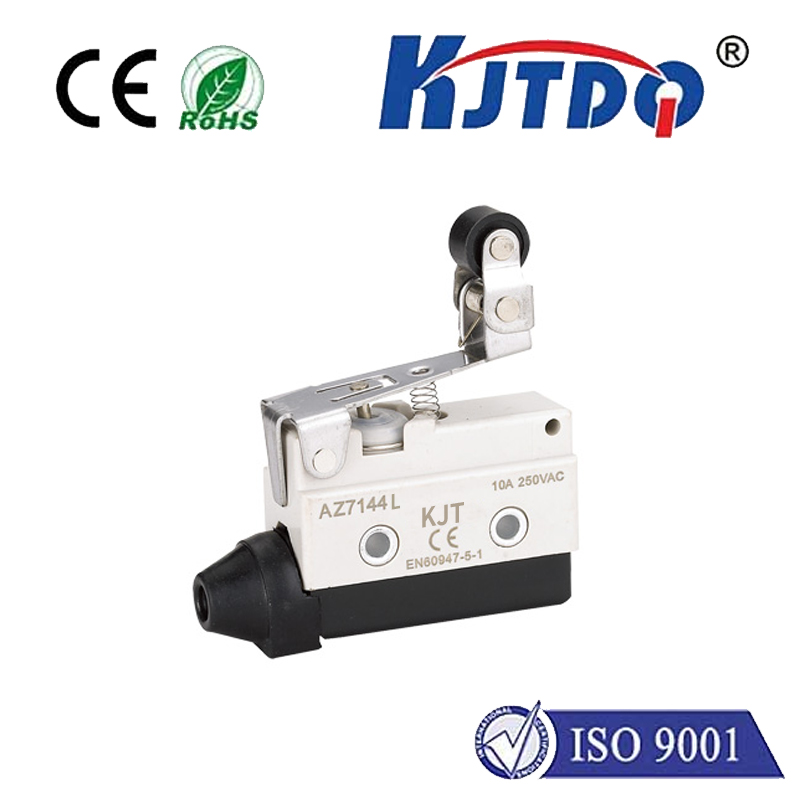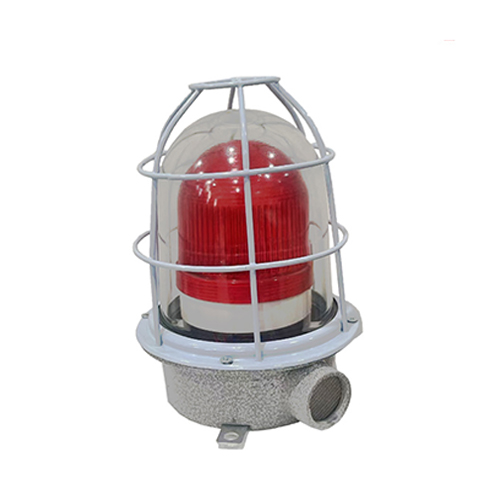

check

check

check

check
Title: Unlocking the Potential of PNP Type Proximity Sensors in Modern Industria In the rapidly advancing industrial landscape, the integration of PNP type proximity sensors marks a significant stride in enhancing efficiency, precision, and reliability across various applications. These innovative sensors have emerged as indispensable components in automation and control systems, providing a unique set of attributes that cater to the evolving demands of modern industry. This article delves into the intricacies of PNP type proximity sensors, their functionality, applications, and the advantages they bring to the table.
PNP type proximity sensors are electronic devices designed to detect the presence or absence of objects without any physical contact. The term “PNP” refers to a type of transistor configuration where the emitter is more heavily doped than the collector, leading to a positive-negative-positive arrangement in terms of charge carriers. Unlike their NPN counterparts, PNP sensors typically have higher resistance and are often used for detecting metal targets. These sensors work on the principle of electromagnetic induction, where a changing magnetic field induces an electric current in a conductive material nearby. In the case of PNP sensors, when a target object comes into proximity, it disrupts the existing magnetic field, causing a change in the sensor’s output signal. This alteration is then processed by associated electronic circuits to trigger an action or alert.

One of the primary characteristics that sets PNP type proximity sensors apart is their ability to operate reliably even in challenging environmental conditions such as high temperatures, dusty environments, or areas with significant vibration. Their non-contact nature reduces wear and tear, ensuring longer lifespan and lower maintenance requirements compared to mechanical switches or other contact-based solutions. Furthermore, PNP sensors offer flexibility in terms of detection range and sensitivity, making them suitable for diverse applications ranging from simple position sensing to complex pattern recognition tasks. They can be customized to detect objects made from various materials, including ferrous and non-ferrous metals, plastics, liquids, and powders, further expanding their utility in industrial settings.
The versatility of PNP type proximity sensors has led to widespread adoption across numerous industries. In manufacturing, these sensors are instrumental in monitoring assembly lines, controlling robotic arms, and ensuring quality control through precise measurements. In automotive production, they facilitate tire pressure monitoring systems and anti-lock braking mechanisms. In the food processing industry, PNP sensors ensure hygiene standards by enabling non-invasive material detection in packaging processes. Similarly, in the chemical sector, they play a crucial role in monitoring tank levels and managing hazardous substances safely. Moreover, in the energy sector, especially in wind turbine blades and solar panel arrays, these sensors optimize performance by measuring distances accurately and adjusting positions accordingly. Their application extends to medical device manufacturing, security systems, and transportation infrastructure projects, highlighting their multifaceted utility.
Compared to conventional methods like limit switches or photoelectric sensors, PNP type proximity sensors present several advantages. Firstly, their non-contact nature eliminates mechanical wear and tear, reducing downtime due to maintenance or replacement needs. Secondly, their ability to function effectively in harsh environments enhances operational reliability and safety. Additionally, PNP sensors provide faster response times and improved accuracy, which are critical in high-speed automation processes. They also offer easier installation and integration into existing systems thanks to standardized interfaces and protocols. Finally, advancements in technology have led to more compact designs without compromising on performance, allowing seamless integration into tight spaces within machinery.
As industries continue to embrace Industry 4.0 principles and smart technologies, the role of PNP type proximity sensors is poised to expand further. With the integration of Internet of Things (IoT) capabilities and artificial intelligence algorithms, these sensors are expected to become even smarter, capable of predictive maintenance and real-time data analysis. This evolution promises to unlock new levels of efficiency, safety, and adaptability in industrial operations. In conclusion, PNP type proximity sensors stand at the forefront of industrial automation technology, offering unparalleled advantages in terms of reliability, versatility, and efficiency. As industries seek to optimize their processes and embrace digital transformation, the strategic deployment of these advanced sensors will undoubtedly play a pivotal role in driving innovation and enhancing productivity in the years to come.
